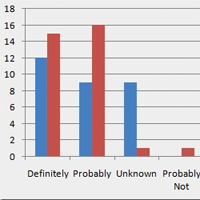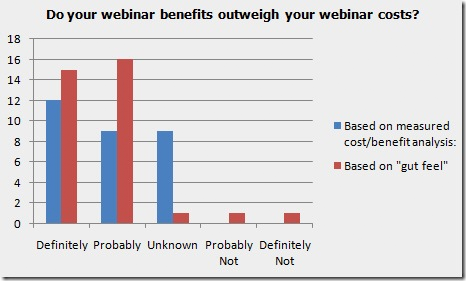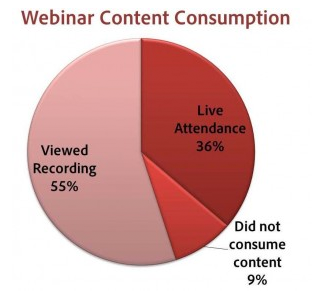Marketers love webinars, but you are a blogger, not a marketer. Right?
Wrong.
Everybody needs to market themselves.
Even employees need to convince the boss that they are doing a good enough job. Those who don’t bother find themselves top of the redundancy list next time the company is reorganizing.
To succeed as a blogger you MUST market yourself.
Marketing is about showing people how your product or service can help them. There are many ways to achieve this that are far more effective than shouting from the rooftops: You have to adopt marketing methods that suit your personality.
Grow Your Marketing Knowledge
Marketing ideas are constantly developing as we learn more about the art of communicating with our potential audiences.
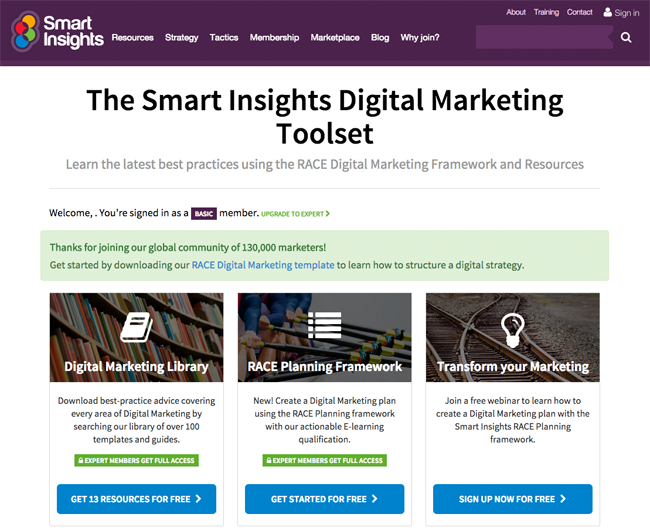
You need to be reading regular updates from marketing experts such as Smart Insights and Conversioner.
Nobody can be an expert in every field and it is a good idea to identify the areas you are weakest in and to find help in those areas as a priority.
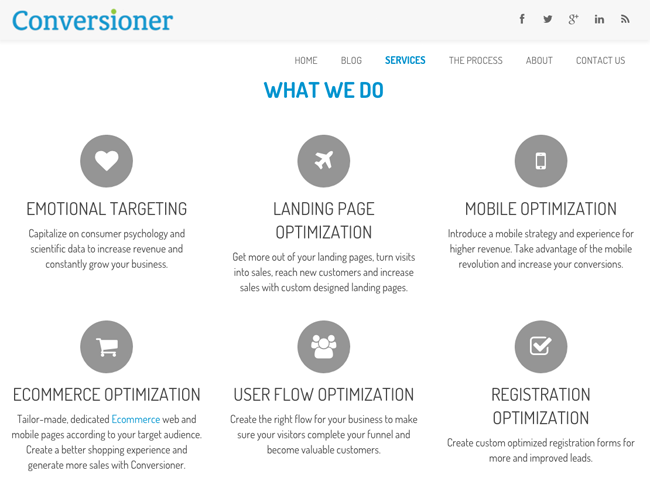
All of these sites and many others have a great range of free resources available in addition to those that are limited to paying members.
Define Your Marketing Objectives
Most of us are not natural marketers, but we can learn. Most bloggers are introverted by nature, but we are still here to help people. Marketing will help you to reach people who need your services, but you still need to decide what you want to get out of the interaction.
Are you looking to get more people to read your posts, to persuade people to buy your affiliate products or to join your community? Once you are clear about your aims you can decide on your intermediate objectives.
Marketing Tools
There are many tools you can use to market your services, but one of the most effective is a webinar.
Webinars
Why do you get so many webinar invitations?
I could spend my whole day attending useful free webinars and listening to podcasts. You will also receive many webinar invitations and you have to be very selective in which ones you attend or your day will just disappear.
The general perception is that webinars work. This is borne out by a survey of 50 companies using webinars on The Webinar Blog.
What Is a Webinar?
A webinar room is like an online conference. There are usually one or two presenters who show slides and talk on camera to up to one thousand attendees.
The presentation is recorded and available for you to download or link to later. Good software and high bandwidth servers cost money, so don’t expect a solid webinar service to be free.
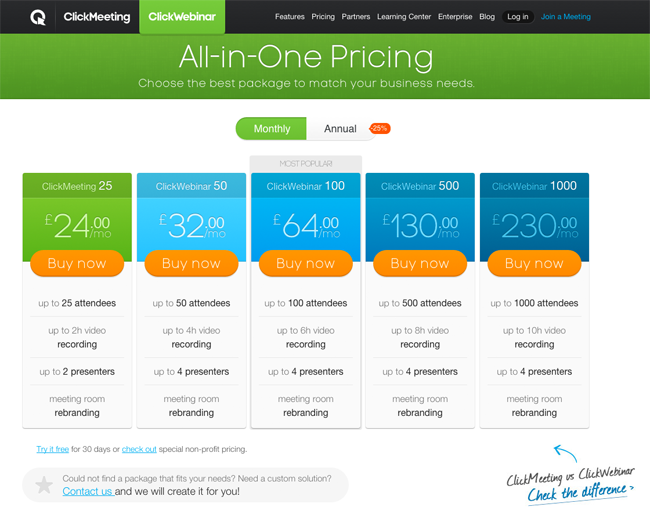
You can find free webinar services, but there are no recording facilities, bandwidth is limited, visual quality is low and there are intrusive ads.
When you use webinars to market your own services you need the interface to be totally free of distractions such as ads that will lead your viewers away when they should be hanging on your every word.
The costs are lower than they look. If 150 people sign up for your webinar 54 will try to attend and another 83 will watch the recording. The aforementioned ClickMeeting 50 plan would cost you $39.95 for whole one month of webinars every day for a nominal 150 attendees.
Prices are less if you can commit to an annual plan, but $1.33 per day seems a fair deal. If you run one webinar in a month with 50 people attending then those 50 potential buyers have cost you $0.80 each. If 10% of attendees buy your product then each buyer one cost you $8.
In reality you could run four webinars in the month and you would have more leads because more people will watch the recordings than watch the live event. Using the same figures with four webinars and with the attendees watching recordings each buyer will cost you $0.73 each. (600 registered x 91% attend x 10% buy).
Why Do Webinars Work So Well?
When someone attends a webinar it is a time investment. You cannot multi-task in a webinar, so you have the undivided attention of every attendee.
The average attendance time at a 1 hour webinar is 54 minutes. That is only a 10% drop out rate, which is pretty amazing. People may stick around just because they have cleared their calendars and have already invested time: They don’t want to throw away the time they have already spent watching.
When Should a Blogger Use a Webinar
A webinar is a big time commitment, so you need to have a relationship with potential attendees before they are going to want to sign up, so this is not a good way to capture email addresses. Anyone needs to know what to expect before they will be willing to clear an hour of their day for your webinar.
You can use webinars to build a relationship with that portion of your blog subscribers who open emails. It is the logical next step after emails to build a community.
The return on investment (ROI) can be measured most easily if you have products to sell, where the webinar can be part of your sales funnel. You could include a free product link at the end of the webinar with up-sells to paid products of greater value.
Conclusion
Every blogger needs a marketing plan and webinars should be part of that plan. Webinars are an immensely powerful tool in the battle for users’ attention, but people need to be ‘warmed up’ first so they are then willing to make the time investment that is necessary. Every blogger who has services to sell and an email subscriber list should consider using webinars in their sales funnels.
Your Take?
Have you tried running a webinar? How did it go? Please share your experiences using the comment box below.

